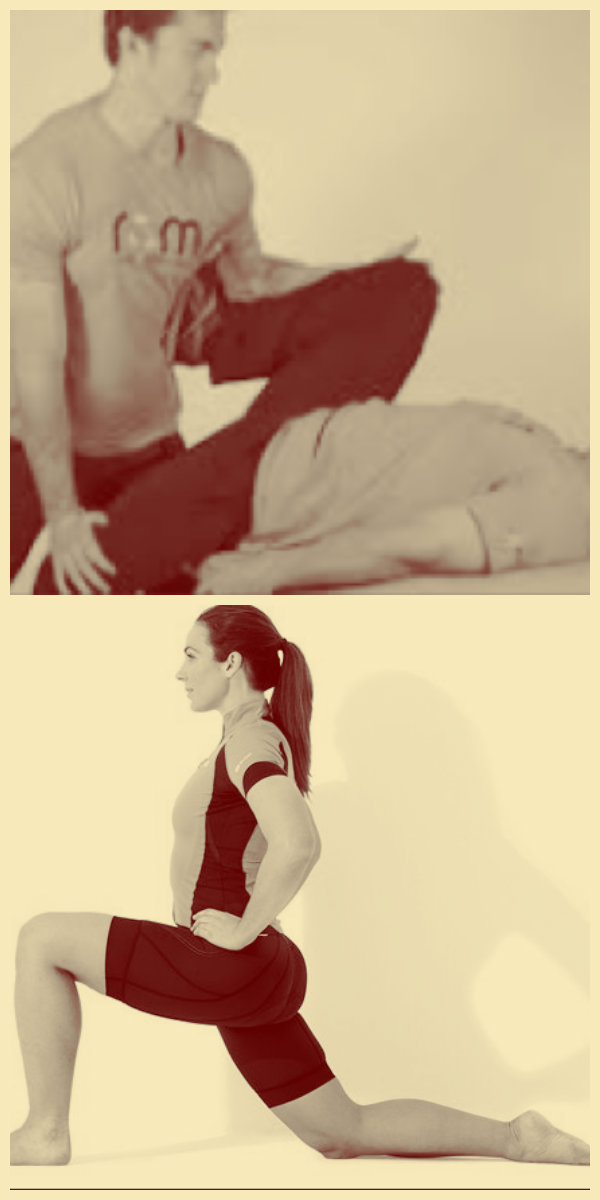This course focuses on training strategies and tools appropriate for athletic populations. In particular, students will learn: 1-RM strength testing, Wingate protocols, Tabata training, snatch progressions, clean progressions, plyometrics.
Target population: Athletes, advanced clients
- Course Instructor: Graeme Thomas
- Lab Technician:
- Semester: Four
Lab Sections:
- Section 1: Thursday 8 – 10 AM
- Section 2: Friday 10 – 12 PM
- Section 3: Thursday 10 – 12 PM
- Section 4: Friday 12 – 2 PM
My Performance Logs: Create a New Testing Log Sheet
No Entries Found
| Course: PHRE 3043 - Functional Movement | Movement Pattern: | Target: | Synergist(s): |
| Exercise |  |
| Regressions: | | Progressions: | |
| Key Teaching Points | Expectation: [if 456 equals="Supervised Practice"]Supervised Practice [/if 456][if 456 not_equal="Supervised Practice"]Independent Learning[/if 456] | [579] |
|
| Description: | Hip Flexors stretch, supine, with partner
- Can be done with the client on back, side, or stomach.
- In all facilitated stretching, the trainer should be aware of the posture, knee and hip alignment, and avoid lower back arch.
- Trainer should be in place to offer resistance to the isometric contraction of the hip flexors by placing hands proximal to knee joint. Ensure the client’s hips stay aligned, no arch in lower back and in good posture.
- Client holds isometric contraction of attempting to drive knee forward or up for 6 seconds.
- Client then contracts opposing muscles while flexing knee, deepening the stretch slowly.
- Hold the stretch for 10-30 seconds depending on ability.
- Repeat until stretch is held for about 40 seconds.
- When engaging in any partner PNF, communication about pain/discomfort it crucial. Pain should not be felt during the movement.
Hip Flexors self-stretch, lunge
- Start in deep lunge, knee to ground for stability. Keep upper body up straight, maintain alignment of knees and hips, and avoid extensive lower back arch.
- Find angle of hip extension where stretch is felt. Use a dowel for support and balance.
- Begin slowly to attempt to drive knee into floor. If stretch is done standing, then keep foot planted but focus on the feeling of driving knee up. Engage in an isometric contraction of the hip flexors for 6 seconds.
- Following the 6 seconds, contract opposing muscles, increasing the hip extension (watch that the lower back doesn’t arch), deepening the hip flexor stretch.
- Hold the stretch for 10-30 seconds depending on ability
- Repeat until stretch is held for about 40 seconds.
- Self-stretch can also be done side-lying with a stretching strap (i.e., bottom leg of brettzel). Client must be careful of hip and knee alignment in this position.
|
| Common Error(s): | |
| Spotting: | |
>>
Return to My Course Home |

